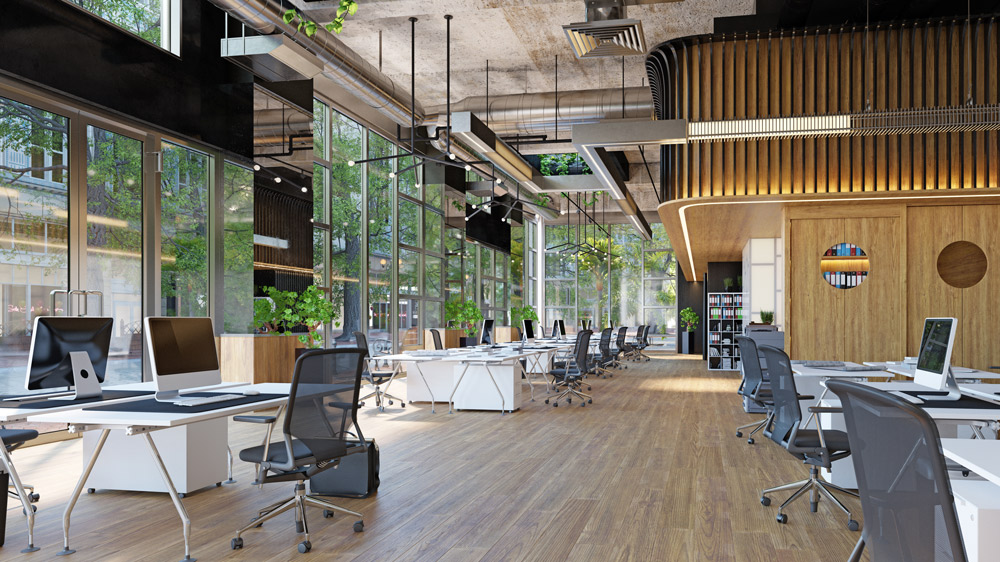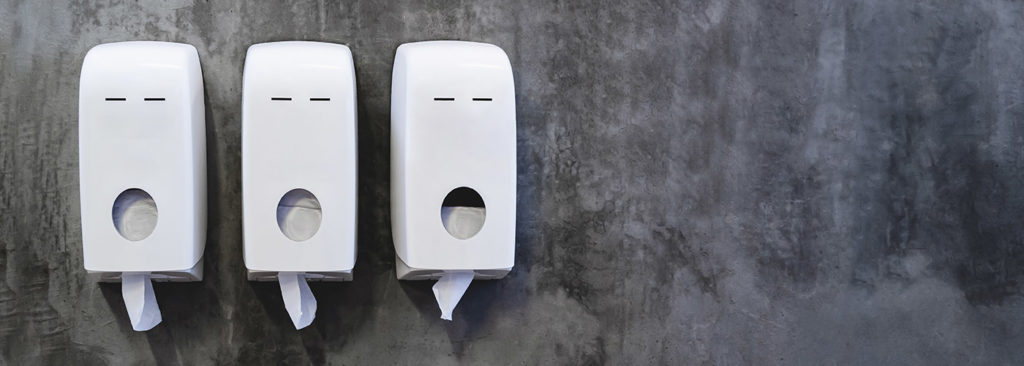IoT adds a new layer to business development
Business development is a critical part of every organisation. It’s a way to gain more market share which is a direct result of using or attracting those scarce high-quality resources. These resources can be human, material to operational. The era of IoT adds another layer to business development and we are starting to see real-life use cases on how IoT can be used to improve business efficiency.
There are two main ways to develop a business. Either by optimising resources or by creating new business models and services. IoT has set a milestone in both types. Businesses can now improve their efficiency by optimising their return on investment or by creating added services with new technology and knowledge that previously didn’t exist nor was easily accessible.
In this article I will introduce 4 ways to improve business efficiency with IoT: workforce wellbeing and productivity, energy efficiency, predictive maintenance and material efficiency.
1. IoT in workforce wellbeing and productivity
Though the theme of increased productivity is important to and widely spoken by employers, board and executive members, it’s often quite sensitive to workers. However, there is a way of addressing the topic with mutual benefits for both groups.
It has been studied and proven by researchers that there is a positive correlation between wellbeing and productivity. Adding smart solutions to offices and other places of employment is meant to improve user wellbeing and that will consequently improve productivity too.
Smart building solutions that improve wellbeing can be achieved with wireless IoT sensor devices. These IoT devices can be used to minimise waste of time in finding co-workers, searching for available meeting rooms or desks, to optimise air quality and follow environment conditions such as temperature and humidity.

Examples of smart building solutions are the Empathic Building and the Taitori smart office solution powered by Haltian IoT sensor solutions.
The Empathic Building has generated proven results in user well-being with, for example, Isku, a furniture vendor from Finland and productivity in ClubCo Singapore. These solutions also support a safe return to office during the Covid-19 pandemic, as Janne Kilpeläinen mentions in the article Using IoT to fight Covid-19: the usage of occupancy IoT sensors can be used to create occupancy heatmaps, monitor social distance and monitor visitor rates. All this is done with occupancy IoT sensors such as Thingsee PRESENCE.
2. Energy efficiency
The increase of flexibility, autonomy and ability to choose where and when to work creates the need for a new approach and the need to collect actionable data you’re your surroundings. With factual information on space occupancy rates and visitor counting, it’s possible to optimise office space, lighting, environmental conditions and ventilation to name a few.
More concretely it’s possible to know how often a meeting room has been booked and how full it has been. This data can trigger the action to increase the ventilation and reduce the air condition temperature during peak times or to split a meeting room that has been booked often but with a lower percentage of occupancy into two with different purposes and decoration.
Alternatively, on the other spectrum it’s possible to only activate ventilation and illumination when there are people in the building. Also, it’s possible to reduce the office area and implement activity-based working areas to answer the individual’s different physiology, needs and work tasks at hand.
IoT sensors will provide the data needed for decision making on how and where to optimise activity-based working areas, such as their size, amount, purpose and achieved results. These initiatives will generate savings in rent and energy bills as well as reduce maintenance costs and absenteeism.
3. Predictive maintenance
In building construction phase, and the management and maintenance phase there is a lot of space for improvements. IoT solutions can be a big help for facility managers. Doing predictive maintenance is cheaper than to have a breakdown which leads to downtime at an inconvenient time for the facility users.
Wireless IoT devices and solutions can monitor ventilation, CO2 levels and installations in real-time and continuously. Based on the historical and on-demand data it’s possible to predict if some system needs repair or adjustments. Thus, problems can be fixed before they break down or cause problems to user well-being or their ability to conduct their work in the usual manner.
When designed with end-to-end features and capabilities, these same wireless IoT devices can be used to retrofit the building without any added downtime for installation and set-ups.

Retrofitted IoT solutions make any building smart
In addition, when the data is streamed and registered online in cloud-based systems, it’s easier to cross analyse the data and share it with relevant stakeholders. The share of data across facility owner, facility management and facility users will lead to better use and optimisation of space but also to more accountability.
4. Material efficiency
Material resources are becoming scarce and people are increasingly conscious about them. For some, we become aware gradually, for others they are immediate and, in a few cases, due to external reasons we learn about their redundancy.
Humankind started to recycle and use more digital solutions instead of physical when western countries realised about their scarcity. There will also be a reduction of physical events as we realise that virtual events are good enough to meet other businesses and they don’t have the attached waste of building expensive and elaborate stands with a lifespan of 3-5 days.
IoT solutions can be used to optimise material usage as well, by providing important data to produce only the needed number of physical products. When there is an understanding of how much hand towels are used in a washroom, it’s possible to predict the usage better and do inventory and reordering with more accurate numbers. For example, with fill level sensor solution it’s possible to know how much clean towel is left and eliminate replacing an 80% clean hand towel roll and send it for washing. This will save cleaning cycles in the washing centres and pollution from detergents. In addition, it will help prioritize cleaning tasks, reduce the number of steps for the cleaners, and in the long run lessen the need for unnecessary logistics. Lindström, a textile service company focused in facility maintenance, has been using IoT sensors in their FlowAbility Washroom service. In their whitepaper made together with Haltian the results achieved with easy to operate wireless IoT solutions are presented.

The material efficiency accomplished with IoT is not only used for smart facilities. The optimisation of material resources with IoT is also applicable to production and supply chain. The main goal to optimise material is to match supply and demand.
IoT offers endless possibilities for better business efficiency
From improved workforce wellbeing and efficiency to smarter use of materials, IoT solutions offer better ways of doing things in all business sectors. Some businesses focus on improving just one area, and some do it all, but one thing is clear: the possibilities of IoT improving business efficiency seems to be endless, and new solutions and success stories are emerging fast.
Check out some of the IoT devices mentioned in this article

